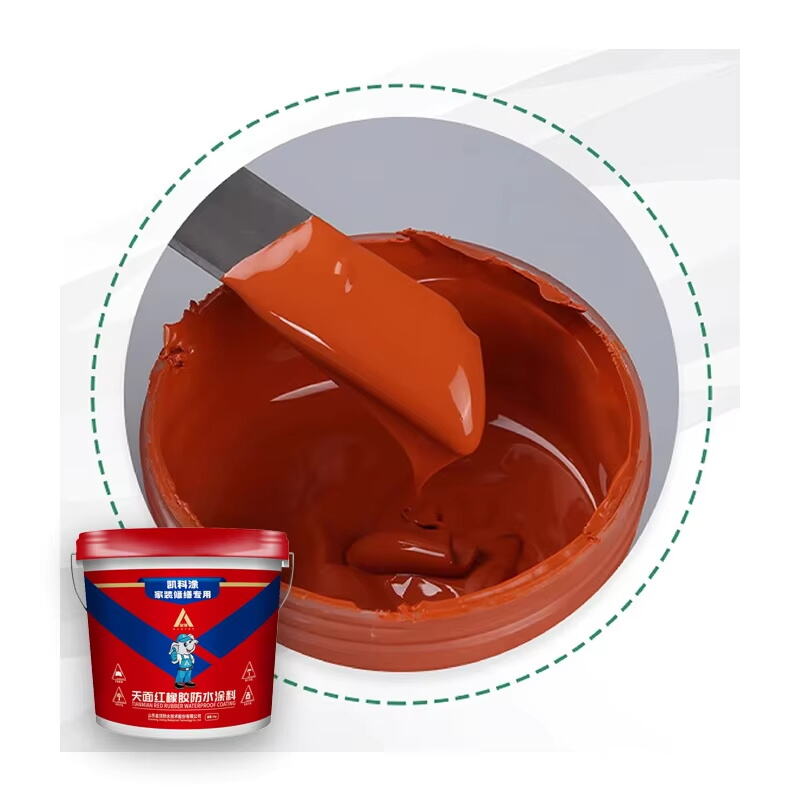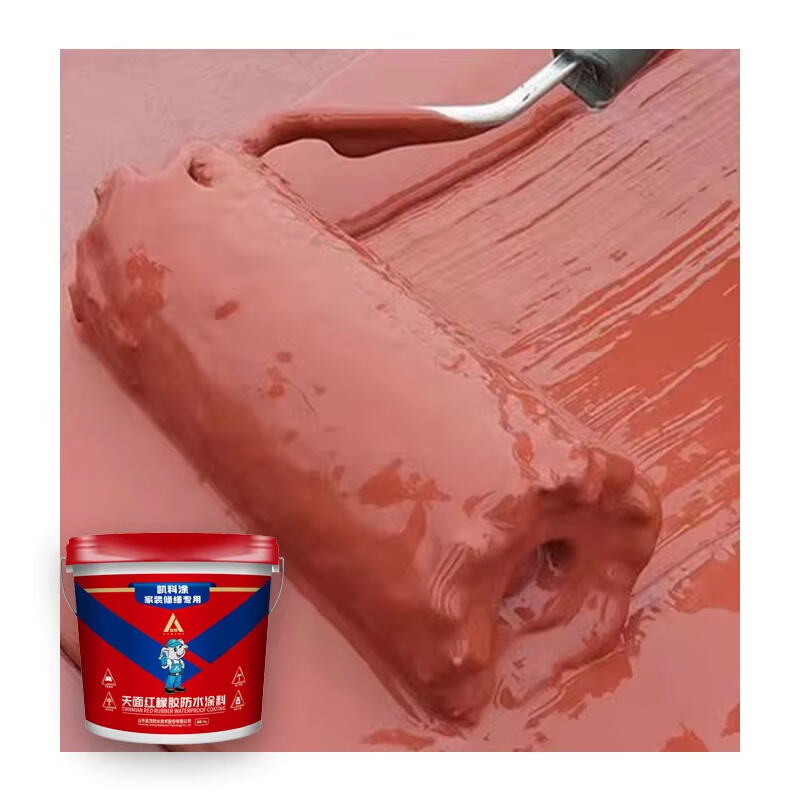Understanding the Critical Role of Protective Coatings in Building Preservation
Structural deterioration poses a significant threat to buildings and infrastructure worldwide, with water damage being one of the primary culprits. Waterproof coating has emerged as a crucial solution in modern construction and maintenance, offering a powerful defense against moisture-related degradation. This innovative technology not only shields buildings from water infiltration but also extends their lifespan, potentially saving property owners substantial repair and replacement costs.
The importance of waterproof coating becomes increasingly evident as climate changes bring more extreme weather conditions and environmental challenges. By creating an impermeable barrier between building materials and moisture, these protective solutions help maintain structural integrity while preventing costly damage that can compromise both safety and aesthetics.
The Science Behind Waterproof Coating Systems
Chemical Composition and Material Innovation
Modern waterproof coating formulations represent years of chemical engineering and materials science advancement. These sophisticated compounds typically combine polymer-based resins with specialized additives that enhance durability and adhesion. The molecular structure of these coatings creates a seamless barrier that prevents water molecules from penetrating the substrate while maintaining flexibility to accommodate structural movement.
Recent developments in nanotechnology have further improved waterproof coating performance, introducing particles that fill microscopic gaps and create an even more effective moisture barrier. These innovations have led to coatings that not only repel water but also resist UV radiation, chemical exposure, and extreme temperature variations.
Application Methods and Coverage Technology
The effectiveness of waterproof coating largely depends on proper application techniques. Professional contractors employ various methods, from roller applications to spray systems, depending on the surface area and type of substrate. Advanced application technologies ensure uniform coverage and optimal thickness, critical factors in achieving maximum protection.
Quality control during application involves careful surface preparation, temperature monitoring, and humidity management. These factors significantly influence the coating's ability to bond with the substrate and maintain its protective properties over time.
Prevention Mechanisms Against Common Deterioration Types
Moisture and Water Damage Protection
Waterproof coating creates multiple layers of defense against moisture infiltration. The primary mechanism involves forming a hydrophobic surface that causes water to bead and roll off rather than being absorbed. This protection extends to both direct water exposure and ambient moisture, preventing issues like rising damp and condensation damage.
Beyond surface protection, these coatings also guard against hydrostatic pressure, particularly important for below-grade structures. The coating's molecular structure maintains its integrity even under constant water pressure, ensuring lasting protection for foundations and basement walls.
Chemical and Environmental Resistance
Modern waterproof coating systems offer comprehensive protection against various environmental threats. They resist chemical exposure from acid rain, industrial pollutants, and salt spray, which can accelerate structural deterioration. The coating's chemical stability prevents these harmful substances from reaching and damaging the underlying material.
These protective layers also combat biological growth such as mold, algae, and moss, which can compromise structural integrity over time. By maintaining a dry surface and incorporating biocide properties, waterproof coatings create an inhospitable environment for these damaging organisms.

Long-term Benefits and Cost Implications
Investment Value and ROI Analysis
While the initial investment in waterproof coating may seem substantial, the long-term financial benefits far outweigh the costs. Property owners typically see significant returns through reduced maintenance expenses, lower energy costs due to better insulation, and avoided major repairs. The extended lifespan of treated structures further enhances the economic value of this protective measure.
Statistical analysis shows that buildings protected with quality waterproof coating require up to 60% less maintenance over their lifetime compared to untreated structures. This translates to considerable savings in repair costs and reduced downtime for commercial properties.
Sustainability and Environmental Impact
Modern waterproof coating technologies align with environmental sustainability goals. Many current formulations are low-VOC or zero-VOC, reducing their environmental impact while maintaining high performance. The extended durability of treated structures also contributes to sustainability by reducing the need for repairs and replacement materials.
Energy efficiency improvements resulting from waterproof coating application can lead to reduced carbon footprints. The thermal insulation properties of these coatings help maintain stable indoor temperatures, potentially lowering heating and cooling costs by up to 20%.
Frequently Asked Questions
What is the typical lifespan of waterproof coating?
Quality waterproof coating typically lasts between 10 to 15 years when properly applied and maintained. However, this can vary depending on environmental conditions, substrate type, and exposure to elements. Regular inspections and maintenance can help extend its effective lifespan.
Can waterproof coating be applied to all surface types?
While waterproof coating is versatile, not all formulations are suitable for every surface. Different substrates require specific coating types optimized for their properties. Professional assessment is recommended to determine the most appropriate coating system for your specific application.
How soon can you detect the effectiveness of waterproof coating?
The protective effects of waterproof coating are immediate once properly cured, which typically takes 24-48 hours. However, the long-term benefits become more apparent over time, especially during severe weather events or prolonged exposure to moisture.

